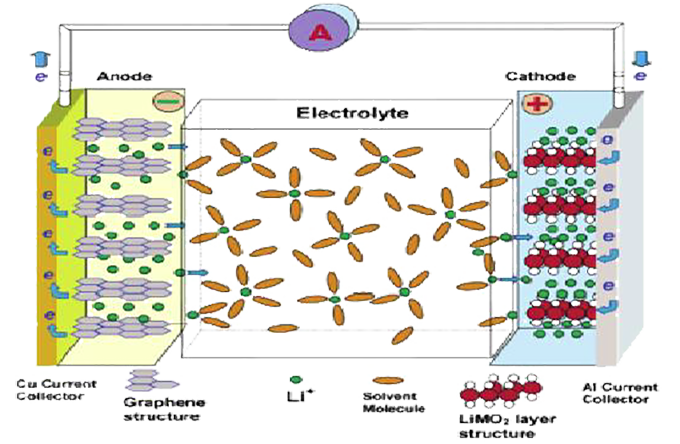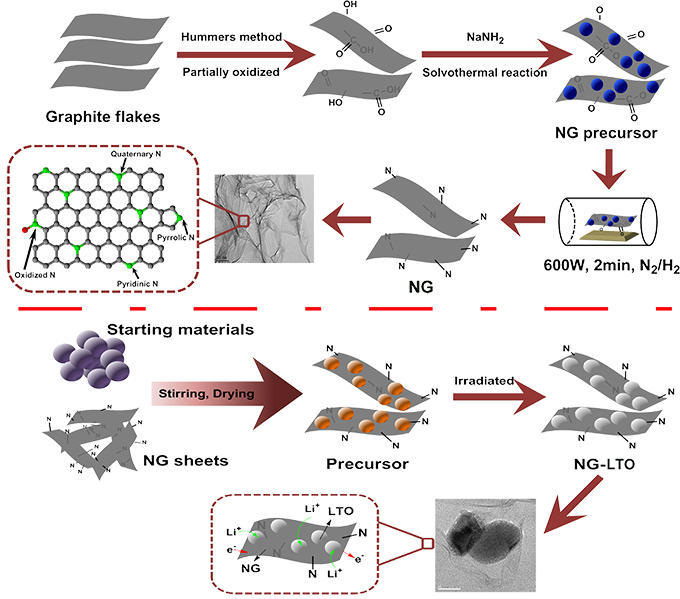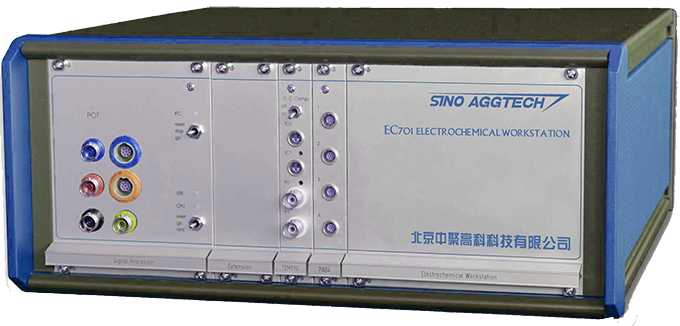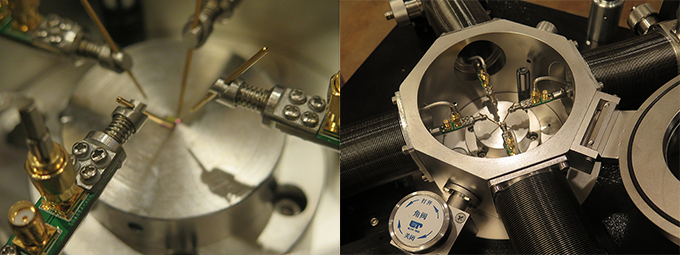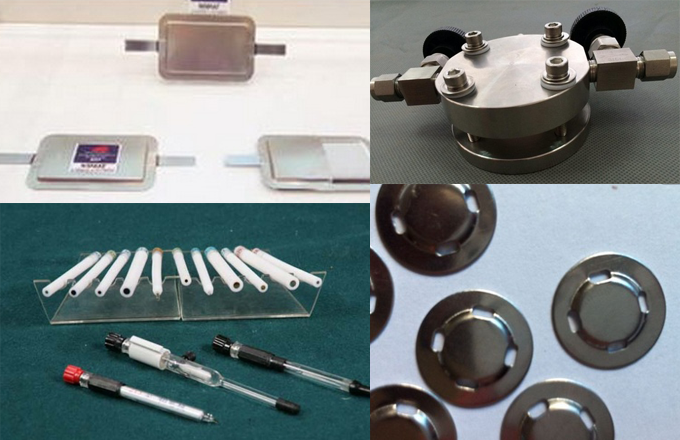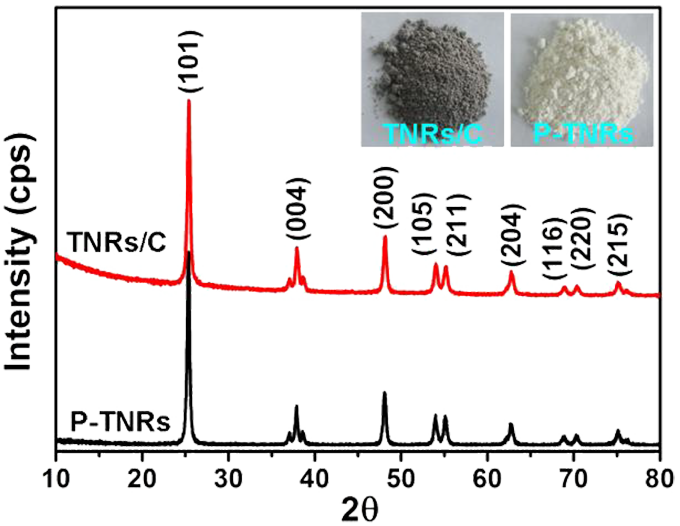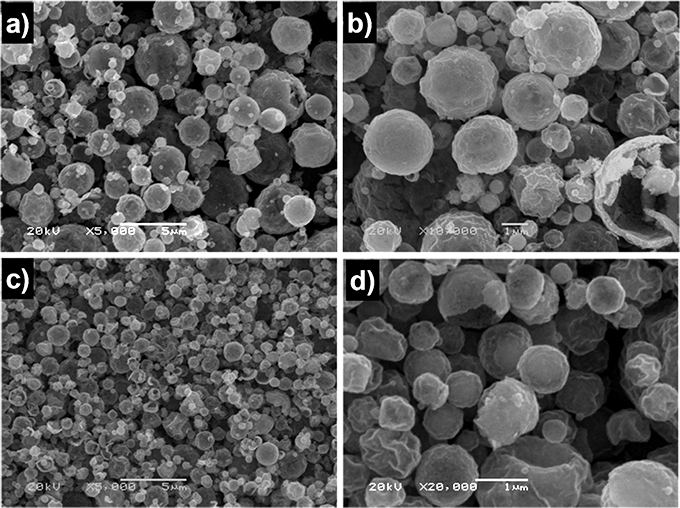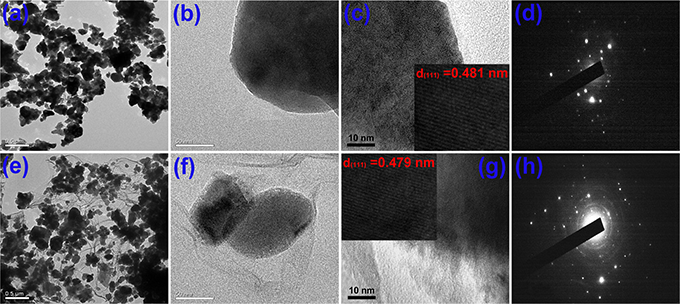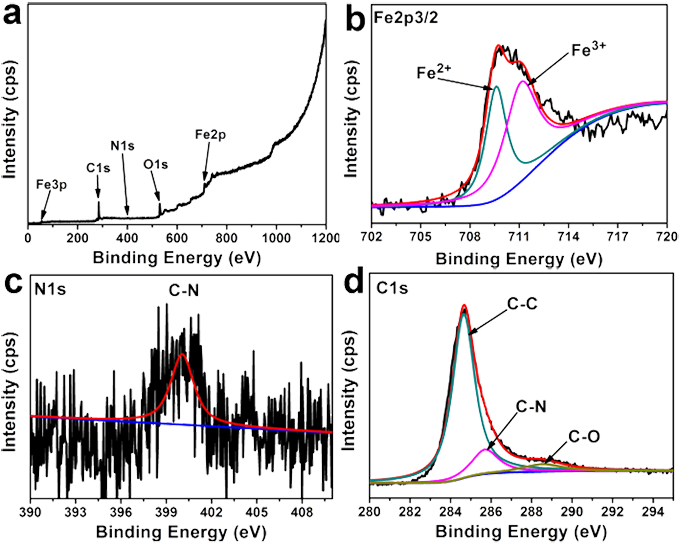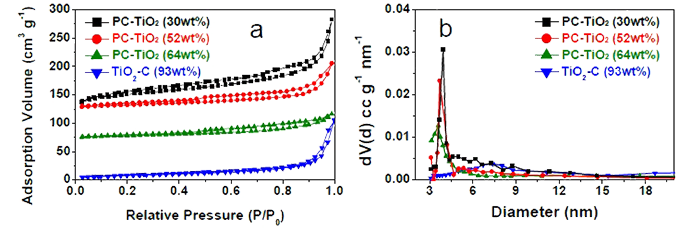Research background
Electrochemical energy is regarded as one of the most attractive new energy sources because of its cleanliness and high efficiency. Electrochemical energy is a device that converts chemical energy directly into electrical energy, and there are three main types of electrochemical energy: electrochemical capacitors, fuel cells, and batteries. An electrochemical capacitor is a charge-storage device in which electrical energy is stored between two electrical layers, which are formed between an electrolyte solution and an electronic conductor and can be charged and discharged quickly. A fuel cell is an electrochemical energy conversion device that can generate a continuous current as long as fuel and oxidizer are continuously added to the device. The battery, however, is an electrochemical energy storage and conversion device. It stores electrical energy in chemical materials, and the chemical energy of its active substance is directly converted into electrical energy through REDOX reactions. Comprehensive comparison of the advantages of major chemical power supplies, lithium-ion batteries with its light, high energy density, stable performance, has become the first choice for energy vehicles. Although lithium-ion batteries are in a stage of rapid development, there are still some key issues that need to be addressed. Among them, the development of lithium ion batteries with more stable performance, higher energy density, faster charge and discharge rate, wider temperature range and better safety performance is an important trend of industrial development.
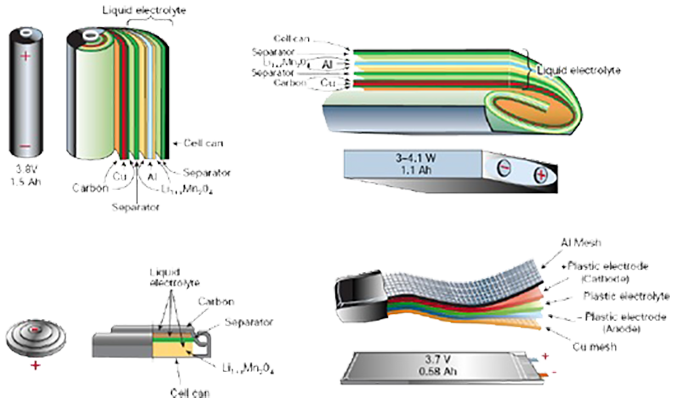
The charge and discharge process of a lithium-ion battery is that lithium ions travel between the electrodes through the electrolyte, as shown in the figure. During the charging process, lithium ions are removed from the positive electrode and embedded into the negative electrode lattice through the electrolyte, which is extremely lithium-poor state and extremely lithium-rich state. When discharging, the situation is reversed. Charge and discharge process, accompanied by the transmission of electrons in the external circuit. It is precisely because of this charge and discharge mechanism that lithium-ion batteries are known as "rocking chair batteries".
Canonical study
The basic composition of lithium-ion battery: positive electrode, negative electrode, electrolyte, diaphragm, battery shell. At present, the research of lithium-ion battery mainly focuses on the modification of electrode materials and mechanism research. Develop positive and negative electrode materials with high capacity and rate performance for lithium-ion batteries, and design different positive and negative electrode materials for different battery needs to meet market demand. Through modification research, it is the focus of current research to improve the capacity and voltage of the positive electrode material, the capacity of the negative electrode material, the chemical compatibility and stability as much as possible.
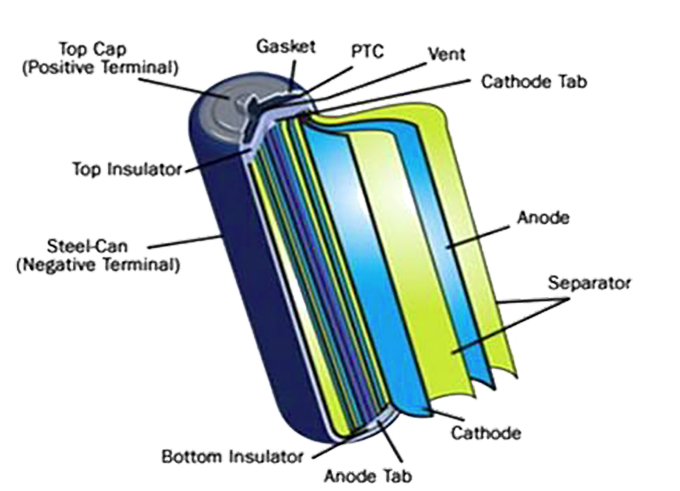
1 Positive electrode material: structurally divided, the traditional positive electrode materials include lamellar compound LiMO2 (M = Co, Ni, Mn), spinel compound LiM2O4(M = Mn), olivine LiMPO4(M = Fe, Mn, Ni, Co). Most researchers focus their research on these materials. However, materials with new structures such as silicates and borates have gained more and more attention in recent years.
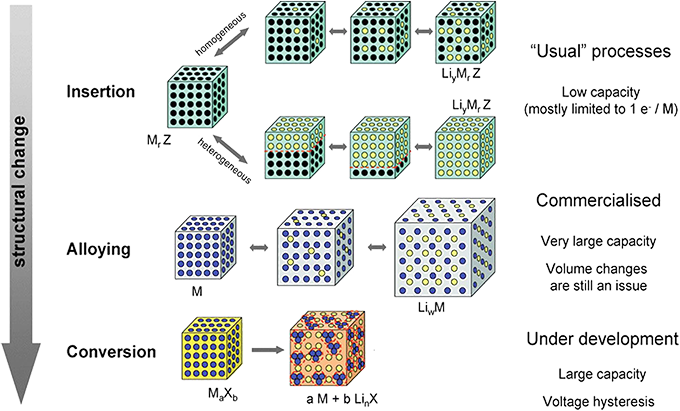
2. Negative electrode material: As the main body of lithium storage, negative electrode material plays a very important role in lithium-ion batteries. The anode materials are mainly lithium metal, carbon material and non-carbon material. Lithium metal, as the negative electrode material with the highest specific capacity, was used in the early development of lithium batteries. However, during the charging process, lithium dendrites form on the surface of the negative electrode, causing safety hazards. The emergence of carbon materials has effectively solved this problem. At present, lithium ion battery anode materials research is mainly concentrated in the following categories: carbon-based, titanium, transition metal, silicon, tin, etc., they have their own characteristics, in different application needs of lithium ion batteries, play its advantages in one aspect.
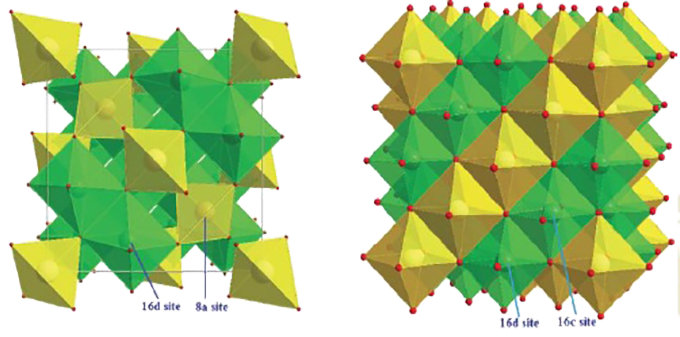
Carbon materials: Carbon materials have high specific capacity and low electrode potential (< 0.6V vs Li+/Li), long cycle life, high cycle efficiency, good safety performance. Carbon materials can be divided into: graphitized carbon (natural graphite, artificial graphite), amorphous carbon (easy graphitized carbon, hard graphitized carbon). However, due to the sensitivity of graphitized carbon material to electrolyte, the graphite layer is easy to dissociate during charging and discharging. Most amorphous carbon materials have poor cycling properties. Carbon materials were modified to improve their electrochemical properties.
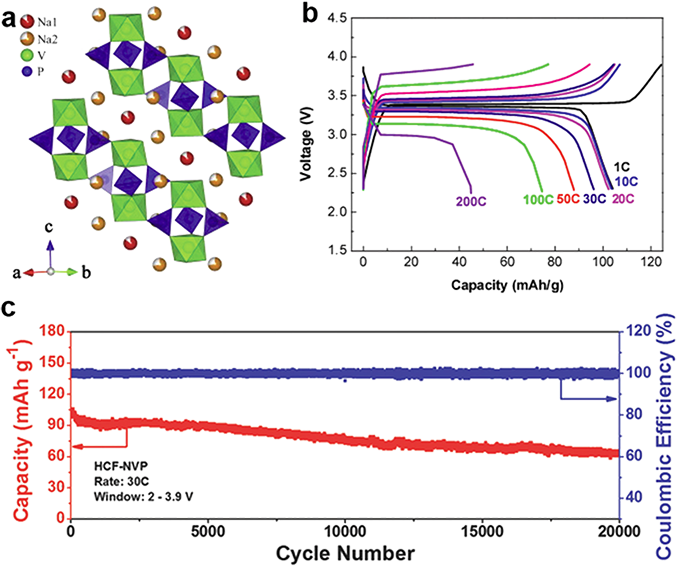
Non-carbon materials: At present, non-carbon anode materials include metal oxide materials (TiO2, MnO2, etc.), nano-alloy materials (silicon-based, tin-based, etc.), composite anode materials, spinel type Li4Ti5O12. Silicon based anode materials mainly include elemental silicon, silicon oxide and metal oxide. At present, the main tin base anode materials are metallic tin elemental, tin base oxide and tin base alloy. Metal oxide anode materials are TiO2, MnO2, Fe3O4 and so on. These materials face the shortcomings of volume expansion and low cycle stability during use. For these materials, the main solution is to modify the material, such as the modification of silicon and tin materials: prepare the corresponding nano-sized materials, oxides, alloy materials or composite materials.
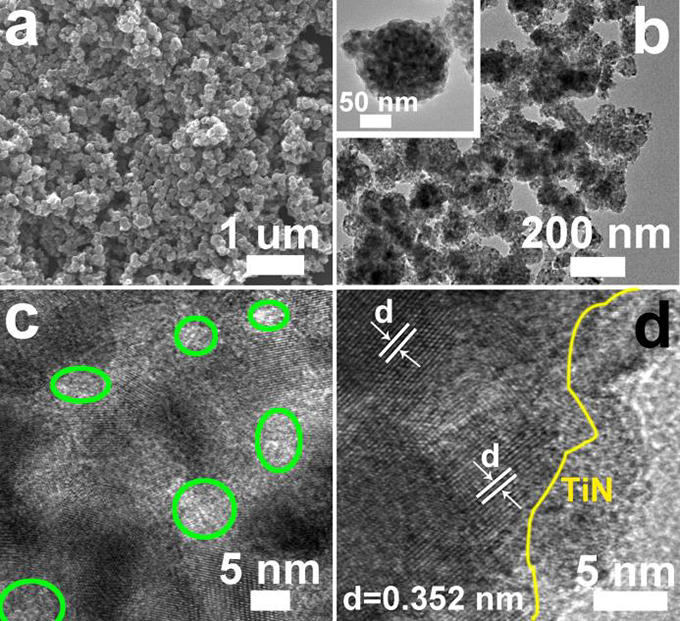
3. Composite materials: In order to improve the electrochemical performance of lithium batteries, the study of positive and negative composite materials is a focus of current research. Such as graphene, carbon nanotubes, carbon microspheres and nanomaterials often form a complex with a good conductive network to improve the conductivity of the electrode. It provides a new vision and method for improving material properties.
Equipment recommendation
The performance of lithium-ion battery materials is tested using the EC701L lithium-ion battery analysis system, which mainly measures current or potential changes. The use of AES-4TH to control the environment of the test system can avoid the interference of the external environment (temperature, humidity, etc.) to the system, which provides convenience for the study of the temperature characteristics of the lithium battery, and improves the repeatability of the measurement.
1. Measuring equipment
EC701L Li-ion battery analysis system: provides current-potential analysis, potential-time analysis, impedance analysis, etc. The equipment has stable performance and high measurement accuracy. It can be tested with three electric levels or two electrodes.
2. Environmental control equipment
Temperature and humidity test platform: to build a temperature, humidity, pressure, atmosphere controlled test environment for material or device research, the system is equipped with precision measurement module, can be used to measure resistance, voltage, current signals, to comprehensively characterize the electrical signal changes of materials, through the overall circuit, line, cavity shielding anti-interference processing, to achieve very low signal stability test. The equipment is used to provide a stable working environment for the test environment and ensure the repeatability of the experiment.
3. Accessories consumables
Fluid collecting materials, electrodes, assembly molds and lithium battery shells, etc.
Typical result
Cyclic voltammetry (CV) : one of the most commonly used experimental methods in electrochemical laboratories at present, this is because CV method has the advantages of simple experimental equipment, high detection sensitivity, short determination time, rich information obtained, and mature theoretical models. CV can detect the electrochemistry of substances, measure the REDOX potential of substances, and investigate the reversibility and reaction mechanism of electrochemical reactions. CV is a kind of linear scanning voltammetry, the principle of which is described as follows: Select a potential as the initial potential according to the experimental requirements, control the potential of the research electrode to change linearly with time according to the specified direction and speed, when the electrode potential is scanned to a certain potential, then reverse scan to the initial potential at the same speed, and measure the polarization current changes with the electrode potential. In CV technology, the scanning speed has a great influence on the obtained signal, and the relationship between the peak current and the scanning speed can be used to obtain some kinetic information. If the scanning speed is too fast, the influence of the charging current of the double-layer capacitor and the ohmic resistance of the solution will increase significantly, which will have a negative impact on the acquisition of electrochemical information. Due to the reduction of the current, the sensitivity of the detection will be reduced, but the quasi-steady state system can be obtained. In order to study the steady state process of the lithium-ion battery system, a relatively slow scanning speed should be used.
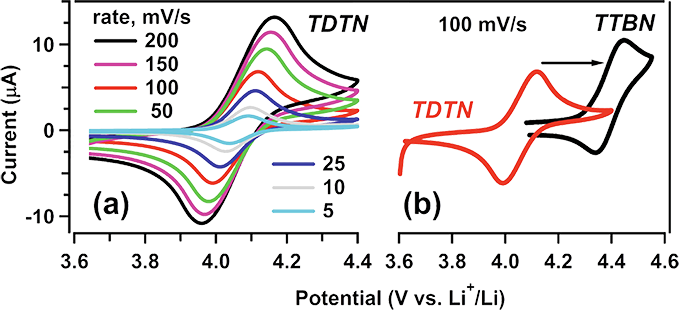
Constant current charge and discharge: the charge and discharge curve, capacity, rate characteristics, open circuit and polarization potential of the electrode material can be determined through the charge and discharge test of the half battery. The constant current charge and discharge test of batteries mainly investigates the voltage-specific capacity relationship between charge and discharge of cathode materials of lithium-ion batteries, as well as their cyclic performance. The potential-time curve can be transformed into a potential-specific capacity curve. The battery is charged and discharged with constant current, and the current density of charge and discharge depends on the experiment. Charge and discharge experiment is the most commonly used experiment to test the charge and discharge capacity, charge and discharge characteristic and cycle performance of electrode materials. There are many factors that directly affect the charge-discharge performance, such as the charge-discharge test method, current size, temperature and so on. According to different battery types, set the upper and lower limits of voltage, and the battery charge and discharge termination voltage is different.
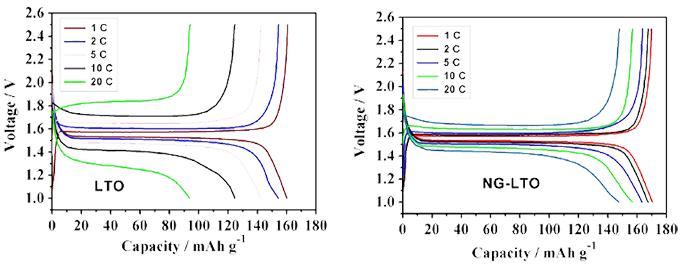
Electrochemical AC Impedance spectroscopy (EIS) : AC Impedance/EIS is one of the most basic electrochemical research methods, which plays an important role in the study of surface reaction behavior. Ac impedance is the application of a small amplitude (≤5mV) of AC (generally sine wave) voltage or current signal, so that the electrode potential in the balance electrode potential near the perturbation, after reaching a stable state, measure the amplitude of the response current or voltage signal, in turn calculate the complex impedance of the electrode. Then, according to the equivalent circuit, the kinetic parameters of the electrode reaction are obtained through the analysis of impedance spectrum and parameter fitting. When excitation signals of different frequencies are used, this method can also provide a wealth of information about the mechanism of the electrode reaction, such as ohmic resistance, absorption and desorption, electrochemical reaction, surface film and electrode process dynamics parameters.
For the lithium-ion battery system, due to the interaction between the electrode and the electrolyte, the electrolyte may oxidize or reduce on the electrode surface, forming a passivation film, resulting in the increase of electrode interface impedance, resulting in the decline of battery performance. Electrochemical impedance spectroscopy can be used to track the change of interface impedance with experimental conditions, which is helpful to understand the physical properties of electrode/electrolyte interface and the electrochemical reaction. In addition, electrochemical impedance spectroscopy is a powerful tool for the study of SEI film, which can clearly obtain the formation, growth and disappearance of SEI film, because they respectively correspond to the appearance, increase and decrease of the semi-circle in the high-frequency region of the electrochemical impedance spectrum. Through the simulation of Nyquist diagram of electrochemical impedance spectrum, a suitable equivalent circuit can be found, and the structural characteristics and electrochemical behavior of SEI film can be described deeply from the physical model. The growth, deterioration and destruction of SEI film can be obtained by studying the EIS of electrode under different cycle times and different storage conditions.
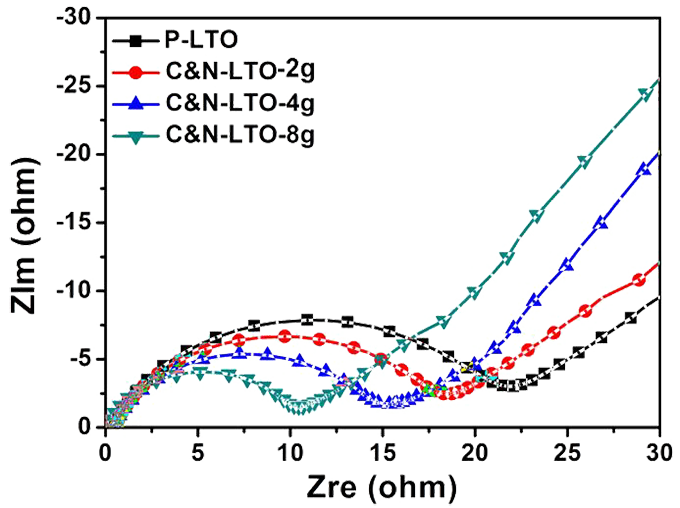
Cyclic stability: It is generally possible to judge the stability of the active material by continuous cyclic voltammetry tests at a fixed scanning speed and calculating the difference in the specific capacity before and after the cycle; It can also be reflected by continuous constant current charge and discharge test at a certain current density. By processing the cycle data, the relationship curve between the capacity retention rate and the number of cycles is obtained, and then the stability of the active material is intuitively displayed.
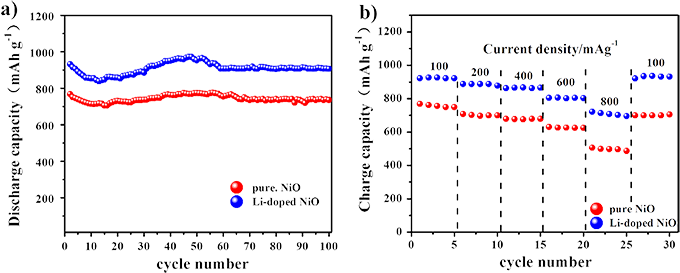
XRD: mainly used to characterize the structure of the crystal, phase composition and other physical properties. Each type of crystal has its own specific crystal structure. The principle of XRD test is to irradiate a monochromatic X-ray onto the sample, according to the spectral line characteristics of the reflected X-ray, the phase structure of the sample can be judged, and the lattice parameters of the sample can be obtained through the analysis of relevant software.
Scanning electron microscopy (SEM) : a powerful tool to analyze the microstructure, morphology and composition of materials
Transmission electron microscopy (TEM) : It uses electron beam imaging through a thin film sample to show the internal morphology and structure of the sample: therefore, it can observe the microstructure of the sample at the same time, and identify the crystal structure of the observed area (para-analysis). The particle size and agglomeration can be investigated by TEM, with a resolution of 10-1nm and a magnification of 106-fold.
X-ray photoelectron spectroscopy (XPS) : A surface analysis technique that uses a lower energy X-ray source as an excitation source to analyze the chemical composition of a sample by analyzing the electrons with characteristic energy emitted by the sample. It can not only detect the chemical composition of the surface, but also determine the chemical state of each element.
N2 adsorption-desorption: Determine the specific surface area, pore volume and pore size distribution of the material.
reference
H. Liu, B.H. Liu, Z.P. Li, A Reduced Graphene Oxide/SnO2/Polyaniline Nanocomposite for the
Anode Material of Li-ion Batteries, Solid State Ion., 2016, 294, 6-14.
Y. Li, X.H. Li, Z.X. Wang, H.J. Guo, T. Li, One-Step Synthesis of Li-doped NiO as High-Performance Anode Material for Lithium Ion Batteries, Ceram. Int., 2016, 42, 14565-14572.
Z.H. Yu, L. Wang, L.H. Jiang, Design and Synthesis of N-doped Grapheme Sheets Loaded with Li4Ti5O12 Nanocrystals as Advanced Anode Material for Li-ion Batteries, Ceram. Int., 2016, 42, 16031-16039.
Y. Yuan, J.X. Wang, Z.Q. Hu, H.P. Lei, D.H. Tian, S.Q. Jiao, Na2Co3[Fe(CN)6]2: A Promising Cathode Material for Lithium-ion and Sodium-ion Batteries, J. Alloy. Compd., 2016, 685, 344-349.
N. Mahmood, T.Y Tang, Y.L. Hou, Nanostructured Anode Materials for Lithium Ion Batteries: Progress, Challenge and Perspective, Adv. Energy Mater., 2016, 6, 1-22.

